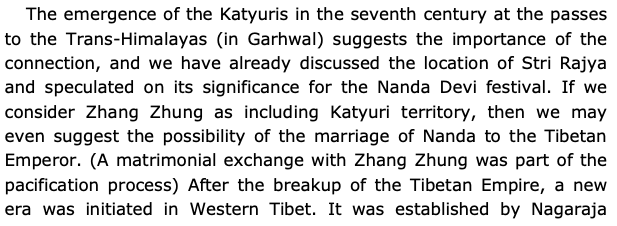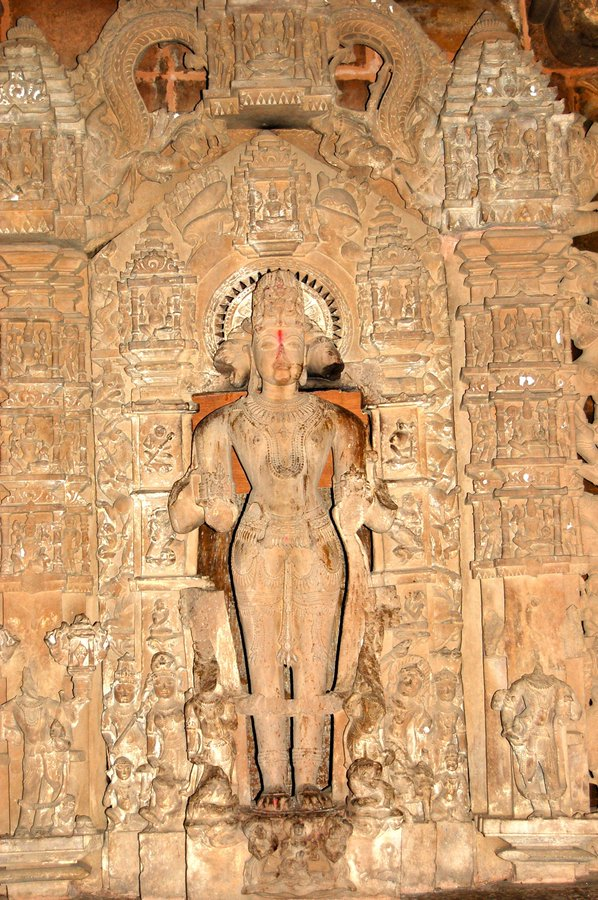kafaltree.com/paun-raja-of-j…
Hundesh
Naridesa-Strirajya
Suvarnagotra-Suvarnabhumi
Kharidesa
Kiratadesa-Kiratamandala
Khasamandala
Manasakhanda
Kinnaradesa
Kuninda/Kulindadesa
Shangshun
Bhota
Kurmachala
Any other I missed?
Kliyung-lung ni mgul-mkhar zhig
Is a mouldy castle in Khyung-lung.
bran-gyi ni skal pog-pa
The servant that has fallen to my lot,
Gu-ge ni rkang-pran zhig
Is a serf coming from Gu-ge.
phyi hltas ni ngam-dang brag
Seen from without all gorge and boulders,
rzang bltas ni gser-dang dbyig
But seen from within all gold and precious stones.
Extending at least from Tholing to Maryum and till Uttarkashi, I don't see it to be a small kingdom.
Bauddhadeshe’tharvavede Mahācīne sadā braja
to Mahācīna (Tibet) and the country of the Bauddhas and always follow the Arthavaveda
Nothing more than a curious coincidence, though.

dharmafellowship.org/biographies/hi…
*Finis*







































































































